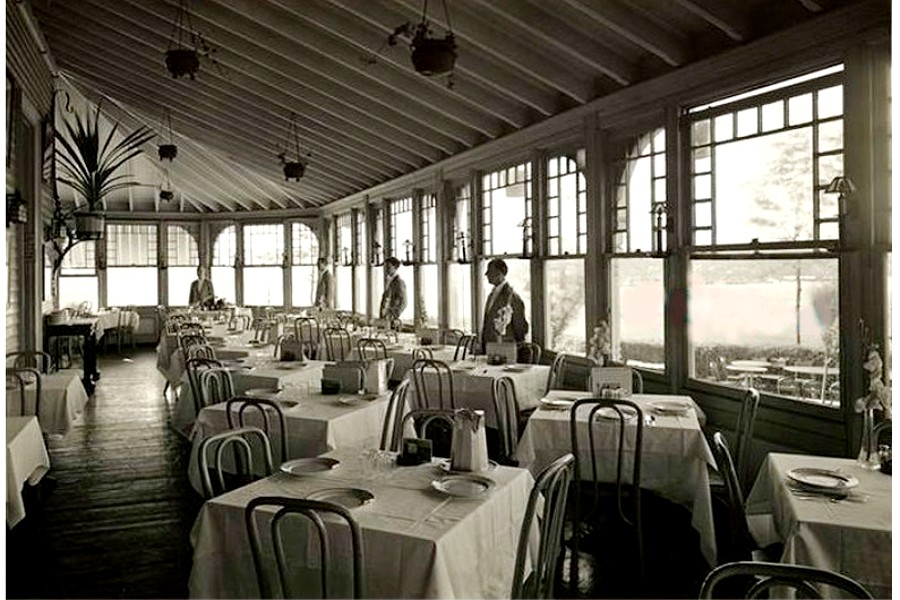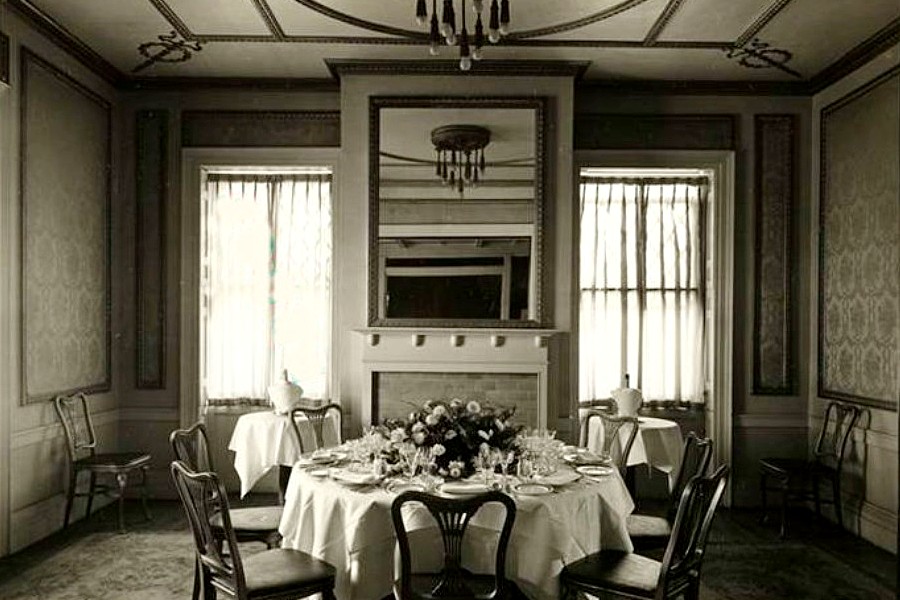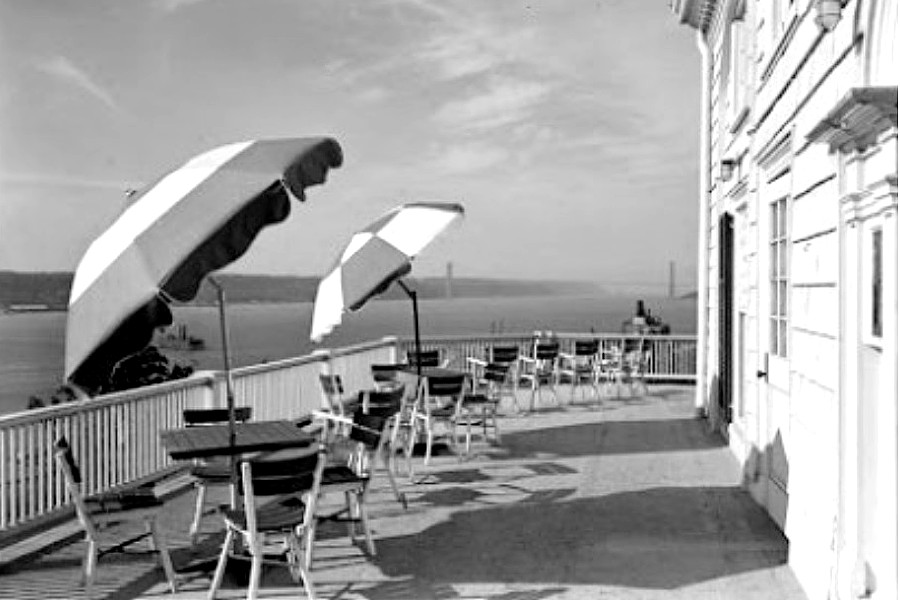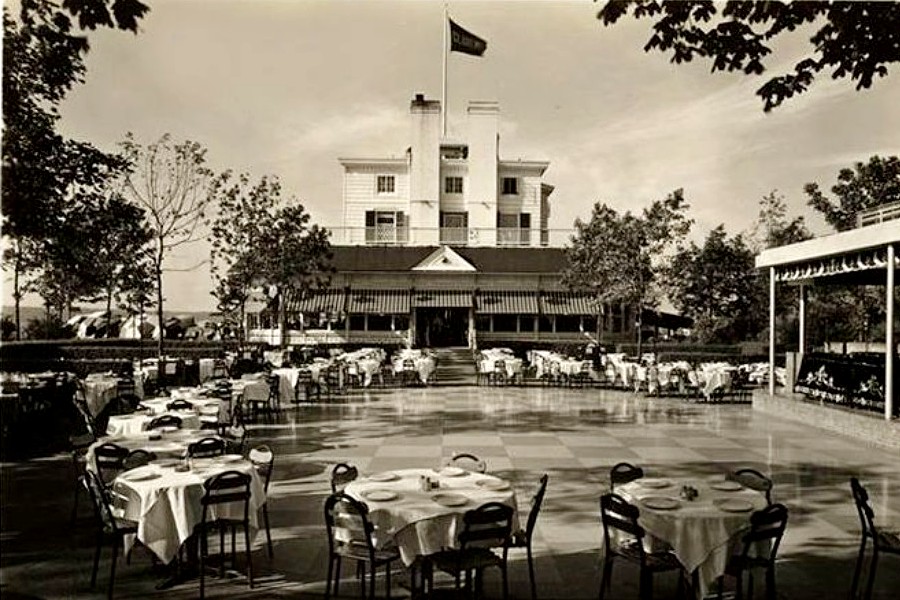
By Bretton Love
Stepping into the Gilded Age, a Journey through the Extravagance and Elegance of the Claremont Inn & Restaurant in Harlem.
In the early 19th century, before our legendary Harlem Renaissance breathed new life into New York’s cultural landscape, The Claremont Inn & Restaurant Inn stood as a testament to refined luxury and aristocratic charm – the Harlem residence at the fabulous Claremont Inn & Restaurant at “…the Manhattan Forests,” as someone once said.
The Claremont Inn was owned by Michael Hogan, 1766-1833, was an Irish-born shipowner, East India captain, slave runner, privateer, and convict ship captain, involved in the early settlement of Australia, and American land speculator.
Hogan was in the United States on the 4th of May 1804 (some experts say 1802), Hogan arrived in New York, with his Indian-born wife Frances (the illegitimate half-caste daughter of Capt. William Richardson and his Indian housekeeper Anna Maria Lacy) Euro/ India Bride – who he claimed was a “dark Indian princess with a dowry of two million US dollars” – amidst a great fanfare of self-publicity calculated to impress local society and businessmen. However, it would seem that any fortune he claimed he had was probably much less than US $2 million, and would more likely have come from general shipping profits from the Indian and Pacific oceans – and especially the proceeds of the sale of any prize shipping/prize cargo – rather than, as the Americans came to think, his marriage to a supposed well-born Indian princess from Bombay. Perhaps he created her supposed “dowry” as a way of protecting part of his fortune from any bankruptcy proceedings in his business speculations. He bought a vast estate comprising 100 acres of New York City land on the Hudson River, running from 107th Street to 131st Street, west of Bloomingdale Road (now known as Broadway) – the value of such land today is virtually impossible to calculate!
In 1807 Lord Viscount Courtenay, who later became Duke of Devon, lived in the house and from its vantage point overlooking the river, he watched the trial run of Fulton’s Steamship, the Clermont. Courtenay decamped from the house not long afterward, apparently “disturbed by events preceding the War of 1812.”
Harlem has always attracted the likes of Prince William, the Duke of Clarence, King William IV, President William McKinley, Lillian Russell, Cole Porter, Admiral Dewey, President Taft, the Vanderbilts, the Astors, England Lord Viscount Courtenay, and of course Princess Diana.
Nestled in the heart of Harlem, this opulent establishment, built in 1804, became a cherished retreat for socialites, dignitaries, and connoisseurs of the finer things in life. Join us as we embark on a journey through time, exploring the grandeur and allure of the Claremont Inn & Restaurant in its heyday.
A Haven of Architectural Grandeur

Even amidst the architectural wonders of the era, the Claremont Inn & Restaurant commanded attention. A harmonious blend of Federal and Greek Revival styles, its regal façade boasted grand columns, intricate details, and an air of timeless sophistication. Set against the backdrop of the Hudson River, this magnificent structure stood as a symbol of wealth and refinement, beckoning the city’s elite to indulge in its splendor.
Exquisite Dining and Culinary Finesse

At the Claremont Inn & Restaurant, culinary artistry reigned supreme. The restaurant’s renowned chefs, masters of their craft, transformed dining into an extraordinary experience. Gourmet delicacies from both sides of the Atlantic graced the tables, as the rich flavors of French haute cuisine mingled with the comfort of Southern fare.
Diners delighted in sumptuous feasts, savoring the succulent flavors of braised meats, delicate pastries, and meticulously prepared dishes that tantalized their palates.
Aristocratic Retreat and Cultural Gathering

The Claremont Inn & Restaurant quickly became synonymous with exclusivity and sophistication. Its elegant rooms provided respite for the city’s social elite, who sought refuge from the bustle of Harlem and the world.
Here, high society mingled with diplomats, politicians, and intellectuals, engaging in stimulating conversations that shaped the cultural and political discourse of the time. The inn’s lavish halls echoed with the laughter and whispers of the privileged, as they reveled in an ambiance of luxury and camaraderie.
The Birth of Tradition: Timeless Celebrations and Gatherings

The Claremont Inn & Restaurant quickly gained a reputation as a venue for extravagant soirées and glittering celebrations. From opulent balls to intimate gatherings, the inn played host to the city’s most notable events. New Year’s Eve galas, charity fundraisers, and society weddings transformed the establishment into a stage for both the display of wealth and the forging of lasting alliances.
Glamour, music, and the clinking of crystal glasses filled the air, creating an enchanting atmosphere that left an indelible mark on the memories of all who attended.
Imbued with History and Legacy

As the years passed, the Claremont Inn & Restaurant became a witness to the changing tides of history. It survived economic downturns, societal shifts, and even the ravages of time. However, by the mid-20th century, the once-glorious inn faced an uncertain future.
It succumbed to the pressures of modernization and changing tastes, closing its doors in 1951. Yet, its legacy lives on as a testament to an era of elegance and aristocracy, forever etched in the annals of Harlem’s rich history.
Conclusion
The Claremont Inn & Restaurant of 1804 embodied the extravagance and refinement of a bygone era. As Harlem’s distinguished haven of aristocratic splendor, it offered a glimpse into a world.
Photo credits: 1-6) Harlem West, 1776-1833, HWM.
- Broadway’s Rising Stars Converge: A Day Of Inspiration At Broadway Express y Más
- Adams, Hochul And More Toast $5 Billion Housing Plan: Building Dreams Together!
- Alicia Graf Mack, Dancer, Educator, And Leader Appointed Artistic Director Of Ailey
- Update: More Illnesses Have Been linked To The McDonald’s E. Coli Outbreak
- Bronx: NYWF’s 30th Annual Dinner Honors Community Leadership And Purpose
Become a Harlem Insider!
By submitting this form, you are consenting to receive marketing emails from: . You can revoke your consent to receive emails at any time by using the SafeUnsubscribe® link, found at the bottom of every email. Emails are serviced by Constant Contact









